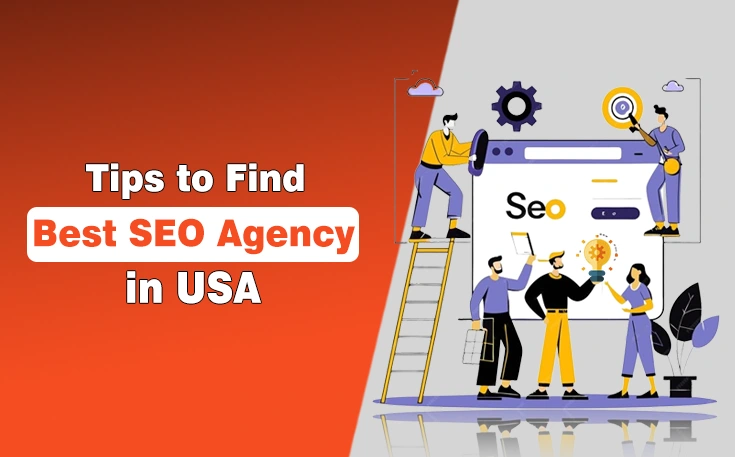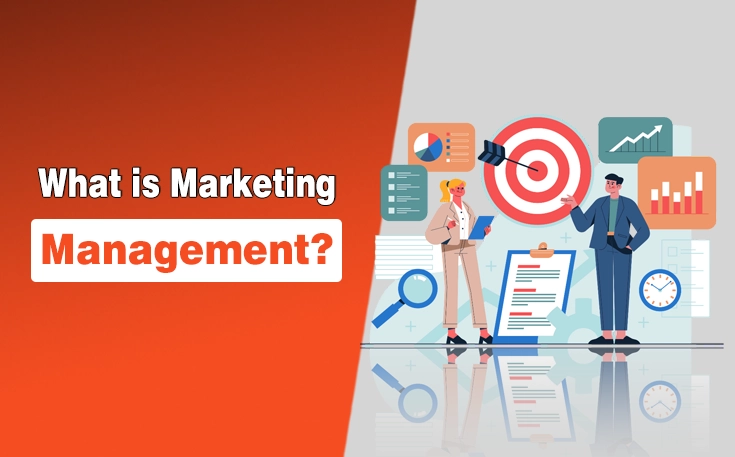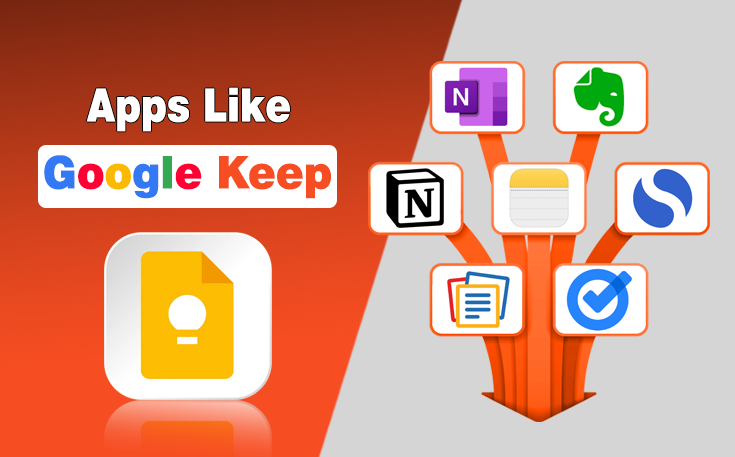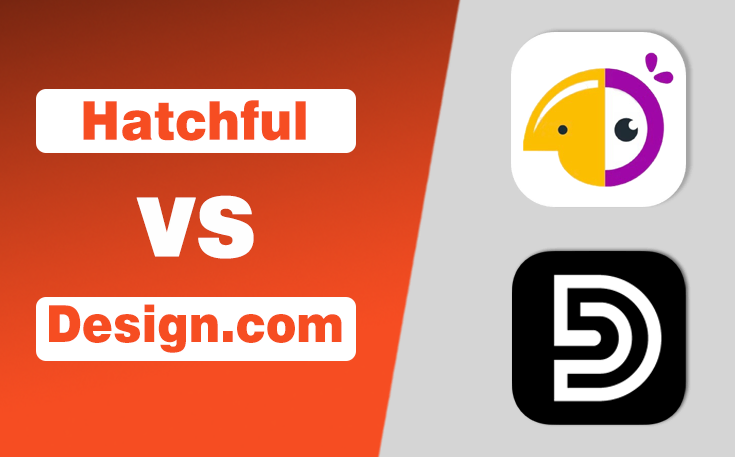No doubt, On Page SEO, plays a vital role in improving the search engine optimization and rankings of your website along with overall user experience. When you optimize key elements such as title tags, meta descriptions, content structure, and internal linking, you can enhance your website’s visibility and drive organic traffic.
A well structured website with relevant, high quality content not only attracts visitors but also helps search engines understand and index your pages efficiently. For this purpose, I have created this blog post so you can learn about essential tips to optimize the On Page SEO of your website.
Tips to Optimize On Page SEO of Your Website
During my whole journey, I always tried to stay compliant with Google’s guidelines. Ultimately, it helped me a lot in building a successful SEO strategy and getting associated benefits. Moreover, I follow the latest trends to stay updated with the dynamics of the modern world.
Considering my experience and what’s going to happen in the coming years, I have mentioned the practical tips that can help you optimize the On Page SEO of your website.

1 – Create Engaging and Keyword Rich Title Tags
Title tags are one of the most significant elements of On Page SEO. Here is how to optimize them effectively:
- Place the main keyword at the beginning: Search engines give more weight to keywords appearing earlier in the title, especially in the first 100 words as it is a White Hat SEO tactic.
- Avoid keyword stuffing: Ensure that your title reads naturally and does not contain excessive keywords.
- Ensure each page has a unique title: Duplicate titles can confuse search engines and reduce your ranking potential.
2 – Write Effective Meta Descriptions
Meta descriptions provide a summary of your page content and influence click through rates. Follow these best practices:
- Summarize the page content in 150-160 characters and keep it concise and informative.
- Add a call to action (CTA) if relevant as it encourages users to take action, such as “Learn More” or “Get Started.”
- Include focus keywords naturally because it improves relevance and increases the likelihood of appearing in search results.
3 – Enhance Readability and Content Structure
A well structured and readable page improves user engagement and SEO. You should implement the following tactics as they are highly functional.
- Use bullet points and short paragraphs: This enhances readability and keeps users engaged.
- Write clear and concise sentences: Avoid unnecessary long sentences and complex language.
- Ensure logical content flow: Maintain a complete content structure to help users and search engines navigate your content easily.
4 – Use LSI and Semantic Keywords
Latent Semantic Indexing (LSI) keywords help search engines understand the context of your content. You can optimize your content by:
- Identifying related keywords to improve topical relevance: Use tools like Google’s Keyword Planner or LSIGraph.
- Naturally integrating synonyms and variations: Avoid overusing the primary keyword by incorporating variations and related terms.
5 – Optimize Images for Better Performance
Images enhance user experience but can also impact page speed and SEO. Therefore, Image SEO must be a part of your On Page SEO strategy to optimize the website. Below are the useful tips for this purpose:
- Use next-gen image formats like WebP or AVIF. These formats offer better compression and quality as compared to PNG or JPG.
- Besides, add descriptive alt texts as they improve accessibility and help search engines understand image content.
- Implement lazy loading as it results in images loading only when they appear in the user’s viewport to improve performance.

6 – Improve Website Navigation and Internal Linking
Good website navigation improves user experience and boosts the SEO ranking of your site effectively. I often implement the following strategies in this regard.
- Use breadcrumbs for easy navigation: This helps users and search engines understand the site hierarchy.
- Avoid broken links: Regularly check for and fix broken links to maintain a smooth user experience.
- Maintain a logical linking structure: Link to relevant pages within your site to enhance SEO and guide users effectively.
7 – Ensure Mobile Responsiveness
With mobile first indexing, ensuring a mobile friendly website is essential. You can optimize your website for mobile by:
- Testing using Google’s Mobile-Friendly tool as it lets you identify and fix mobile usability issues alongside getting insights into hierarchical site structure.
- Optimizing fonts, buttons, and layouts for small screens because it guarantees readability and easy navigation on mobile devices.
8 – Enhance Page Load Speed
A fast loading website improves user experience and rankings as users do not bounce back from such pages. The best ways to boost page load speed are:
- Minimizing HTTP requests: Reduce the number of elements that need to be loaded.
- Enabling browser caching: Store static resources to speed up repeat visits.
- Optimizing CSS and JavaScript files: Minify and combine files to reduce load times.
9 – Utilize Schema Markup
Schema markup helps search engines understand your high quality content better and enhances search visibility. Implement it by:
- Using schema.org markup to improve rich snippets: This can help your pages stand out in search results.
- Implementing FAQ schema for better visibility: Structured data can enhance your chances of appearing in featured snippets.
10 – Monitoring Performance with SEO Tools
When you monitor your performance regularly with SEO tools, it paves the way for continuous optimization. The following tools are the most effective ones:
- Google Search Console for indexing and crawling issues: Identify and resolve technical SEO problems.
- Google Analytics to analyze user behavior: Understand how users interact with your site.
- Yoast SEO to mark readability issues: Helps in writing SEO friendly content.
- SEO tools like Ahrefs or SEMrush to track keyword performance: Monitor keyword rankings and adjust your strategy accordingly.
Final Thoughts
Optimizing On Page SEO is essential if you want to increase traffic from organic searches on Google or other major search engines such as Bing or Yahoo.
When you follow the tips mentioned in this guide, you can ensure that all aspects of a web page have been optimized correctly for increased visibility online.
This will result in improved ranking positions in SERPs (search engine result pages). Ultimately, you can get more organic visitors coming directly from the web, which is always beneficial.
So, start optimizing today!
Need custom app with amazing features?
Get a Quote




